The Astrobiology Magazine Guide to TESS
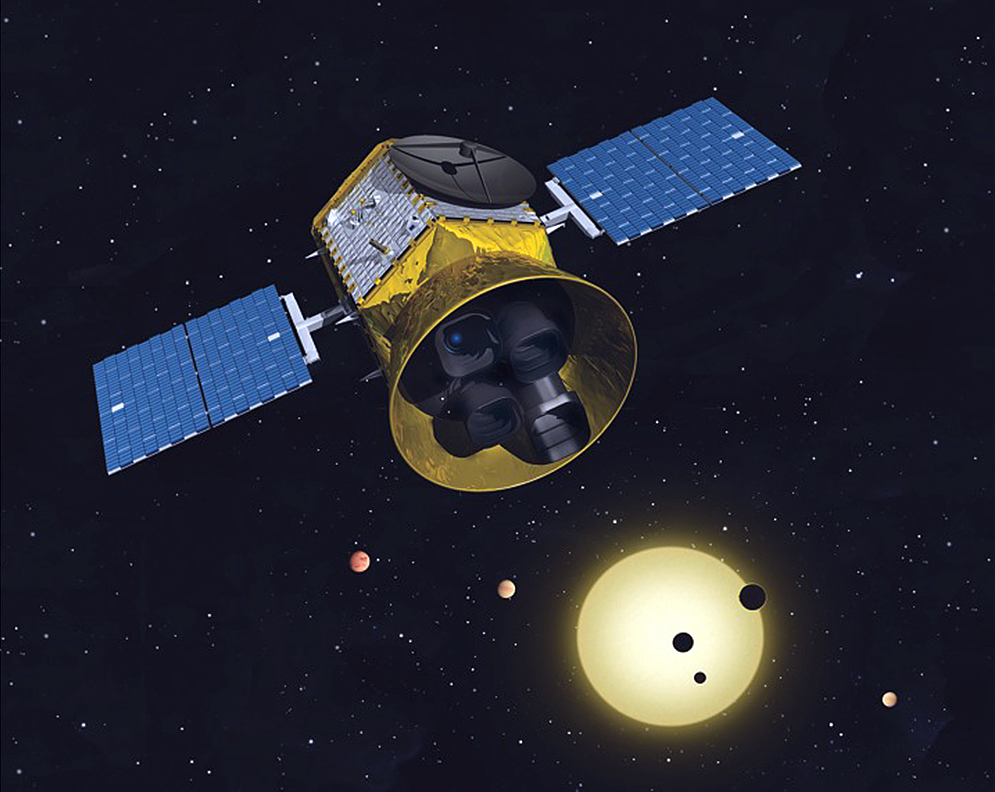
The search for exoplanets is about to receive a huge boost, thanks to a new NASA mission called TESS — the Transiting Exoplanet Survey Satellite — that is set to embark on a quest to discover thousands of new worlds orbiting the brightest and nearest stars to the sun.
"The number of Earth-sized and super-earth planets that TESS should find over the course of its two-year primary mission will be in the range of 500 to 1,000 new planets, and overall the number of planets that will be established is likely to be in excess of 20,000 all together," enthuses MIT's George Ricker, who is TESS' Principal Investigator.
TESS is the successor to NASA's Kepler mission and is scheduled to blast off this week (its launch window opens on 16 April) from the Kennedy Space Center atop a SpaceX Falcon 9 rocket. The spacecraft will spend a minimum of two years patiently searching 200,000 stars all across the sky for the telltale dips in light that tell astronomers that there are planets transiting those stars. [Inside the Clean Room: NASA's Exoplanet-Hunter TESS Gets Prepped for Launch]
Adding to the exoplanet catalog
Exoplanet hunting has been big business for the scientific community ever since the first worlds orbiting sun-like stars were discovered in 1995. So far, over 3,750 exoplanets have been discovered. Many of these worlds are large and hot, or rocky and hot, although some are cool enough to potentially be habitable. Although the expectation is that TESS will identify up to 17,000 hot gas giants, up to 500 worlds among its treasure trove of discoveries are predicted to be rocky worlds, including about fifty that will be Earth-sized. Many of these will be in the habitable zones of their stars, where temperatures are just right for liquid water to exist on the surface of Earth-like planets.
The& Kepler Space Telescope, which is running out of fuel and will end its mission later this year, has discovered 2,649 planets and identified a further 2,724 candidate planets since it launched in 2009. Kepler discovered these planets by detecting what astronomers call 'transits'.
A transit occurs when a planet orbiting its star appears to move in front of that star from our perspective. As it does so, it temporarily blocks a small fraction of the star's light, resulting in a tiny change in the star's brightness. A giant Jupiter-sized planet might block one percent of a star's light, while an Earth-sized planet may obscure just 0.01 percent. These are tiny variations in a star's brightness, but not beyond the reach of modern day digital sensors.
The problem is, at no time do astronomers ever directly see a planet that is transiting. We cannot resolve a planet's silhouette against its star, even with our biggest telescopes. Since other phenomena, such as a plague of star-spots, or a close binary system of two orbiting stars, can also cause a star's light to appear to dip, how do astronomers know that they have really detected a transiting planet?
Get the Space.com Newsletter
Breaking space news, the latest updates on rocket launches, skywatching events and more!
Confirming that an exoplanet is real typically relies on measuring the planet's mass, using a technique known as 'radial velocity'. This is essentially just a fancy way of saying the Doppler shift. Just as sound waves from a passing police car rise and fall in pitch, so too do light waves from objects moving towards or away from us.
Although planets are much smaller than the star they orbit, their gravity still tugs on their parent star. This results in the center of mass between the star and planet being slightly offset from the center of the star. Technically the planet orbits this center of mass rather than the star per se, and so does the star. So from our perspective the star appears to move, or wobble, around this center of mass, a motion that creates a slight Doppler shift in the star's light. The radial velocity technique measures the speed of this wobbling motion. The more massive the orbiting planet, the stronger its gravitational pull and the higher the radial velocity. The confirmation of the wobble and the measurement of the mass of the orbiting body is sufficient evidence to indicate that a planet is present. [7 Ways to Discover Alien Planets]
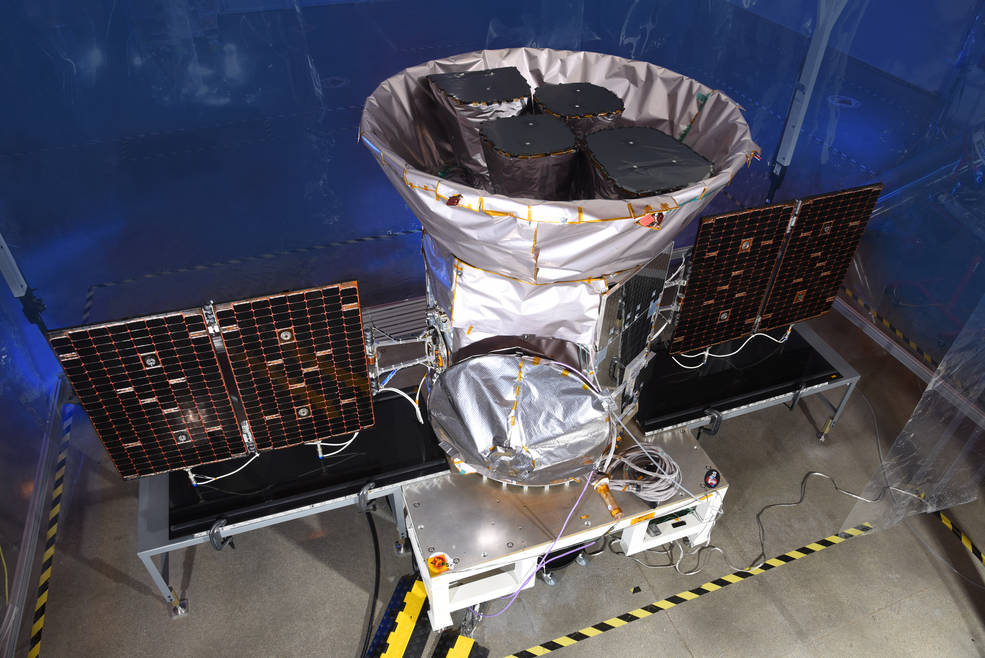
Why do we need TESS?
The reason Kepler has found so many unconfirmed 'candidate' planets is because many of the stars that it has observed are just too far away and too faint for our telescopes to be able to measure the radial velocity accurately.
This is where TESS comes in. Following in Kepler's footsteps by detecting exoplanets through transits, TESS will have the advantage of observing stars that will be, on average, ten times closer than the stars Kepler observed, at distances of a few hundred light years at most. Therefore they will be much brighter, which will make follow up observations far easier, resulting in more confirmed planets.
Furthermore, by knowing the mass of a planet from radial velocity measurements and the radius of a planet based on how much starlight it blocked, it is a simple calculation to determine a planet's density, which can tell astronomers whether that planet is rocky or gaseous in nature, or whether it has a small core and a thick atmosphere, or whether it has a large core covered in deep oceans.
Furthermore, bright stars make something called 'transit spectroscopy' easier. As a planet transits its star, the starlight passes through the planet's atmosphere, where atmospheric molecules, for example ozone or carbon dioxide, absorb some of the starlight. This absorption creates a 'fingerprint' in the star's spectrum — black absorption lines at wavelengths characteristic of the specific molecules that are absorbing the light. By identifying these absorption lines, astronomers can determine what gases are in an exoplanet's atmosphere. The brighter the star is, the stronger the absorption signal is and the easier it is to detect.
Transit spectroscopy is commonly done for large gas giant planets close to their stars, but currently only NASA's James Webb Space Telescope, when it finally launches, has the resolving power to properly characterize the atmospheres of smaller, rocky worlds. It certainly helps if astronomers can find exoplanets that transit quite frequently, providing multiple opportunities to take measurements in a short space of time. This is why TESS is needed: it will find a multitude of interesting planets that other telescopes can follow up on and study in-depth.
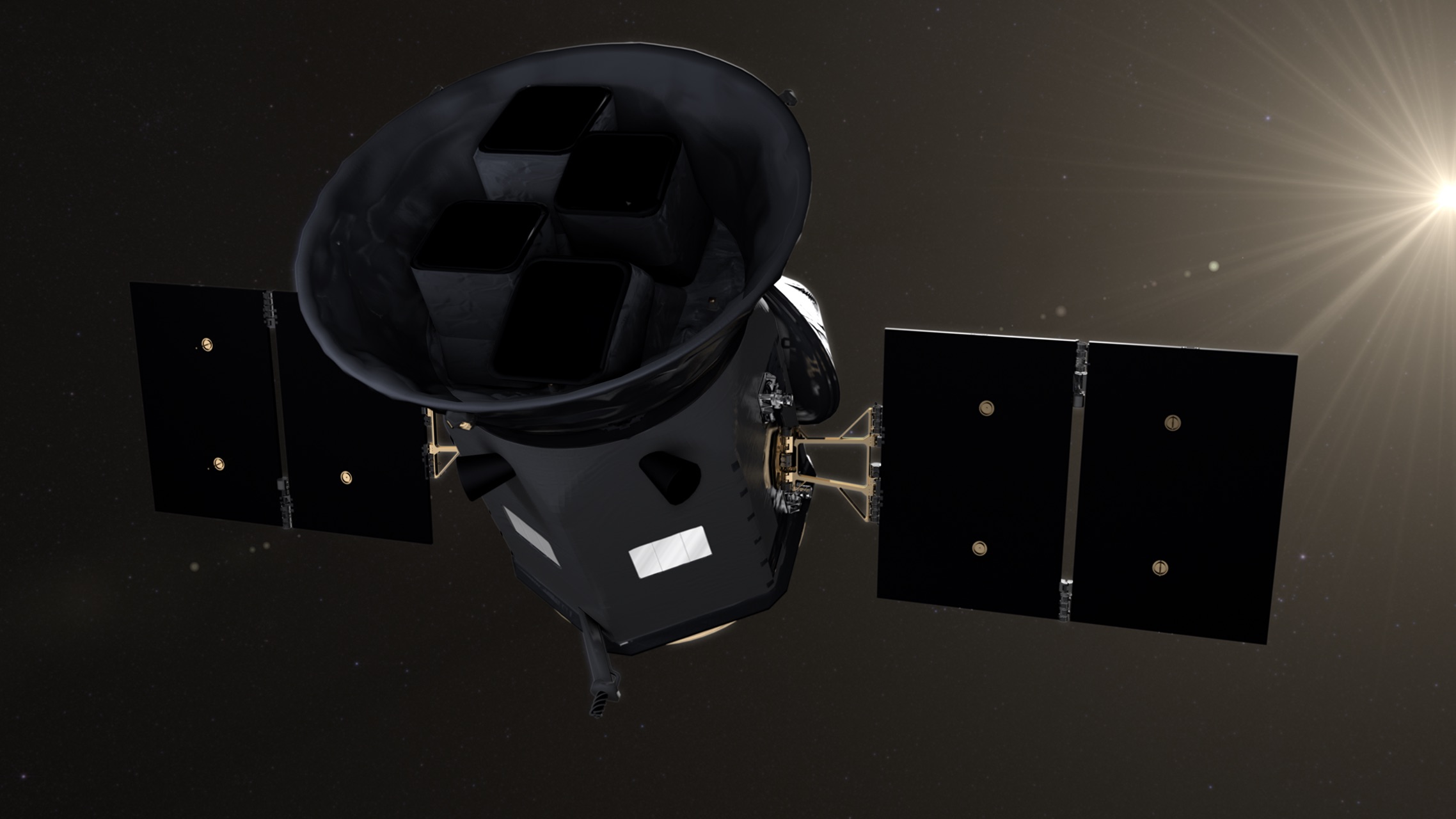
Red dwarf regime
As it happens, there are star systems where rocky planets — and potentially habitable ones at that — are close enough to their star to transit quite frequently. These star systems are the M-dwarfs, which are small, cool stars such as red dwarfs that emit most of their light towards the red and infrared region of the spectrum.
"TESS has been optimized to look in near-infrared light," says Ricker. "This means that, for the first time, we will open up the regime of M-dwarfs, which comprise about 75 percent of the stars in the Milky Way Galaxy.
M-dwarfs, previously ignored by astronomers, have grown more attractive to exoplanet hunters in recent years. This turnaround has been caused, in part, by ground-based telescopes discovering habitable zone planets orbiting nearby M-dwarf stars such as Proxima Centauri, ;TRAPPIST-1 and Ross 128. TESS will transform our understanding of planets around M-dwarfs by searching thousands of them.
Because M-dwarfs are so small, with around a tenth of the mass of the Sun, their planetary systems are also on a much smaller scale than our Solar System. Indeed, the orbits of TRAPPIST-1's seven planets could fit inside the orbit of Mercury six times over. Furthermore, because M-dwarfs are so cool, their habitable zone is also much closer in.
"The habitable zone for M-dwarfs corresponds to an orbital period for a planet of the order 10 to 14 days," says Ricker. "So TESS should find a fair number of planets that are in the habitable zone for that class of star."
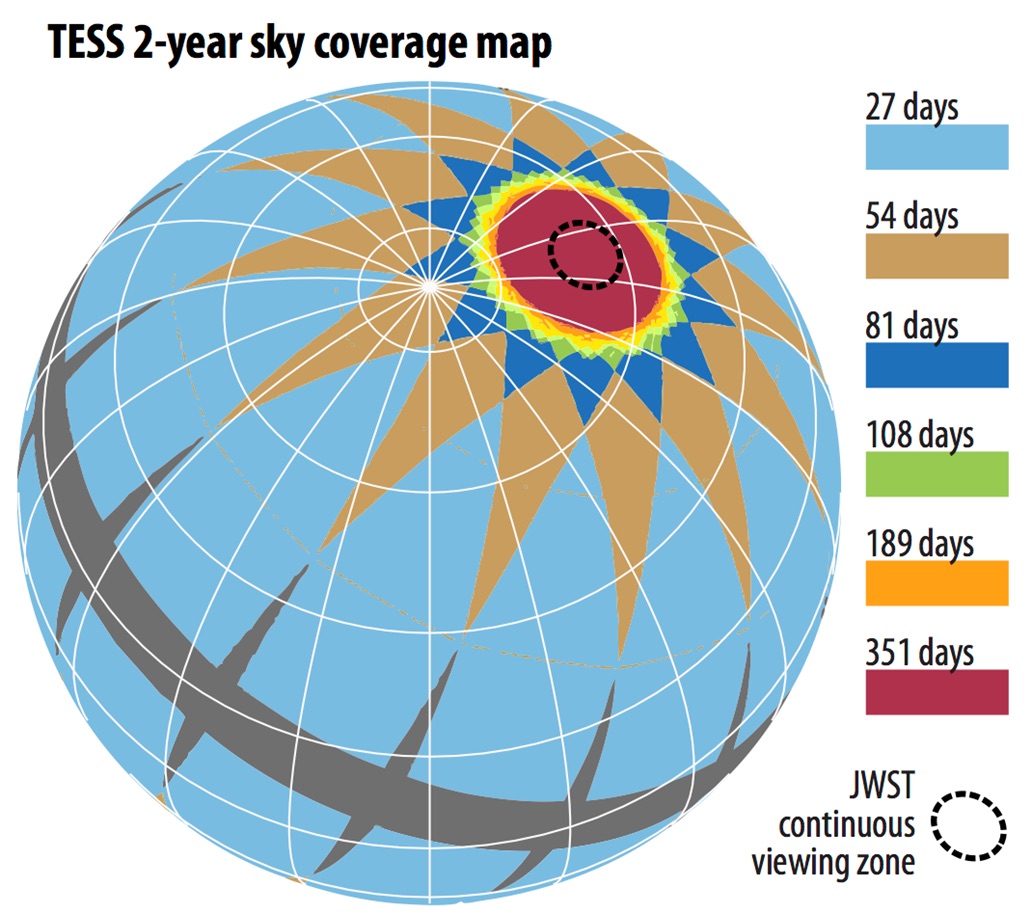
Mission logistics
Besides M-dwarfs, TESS will also look at other stars across a range of masses up to and beyond the mass of the Sun. Many of these stars will be the stars visible to the naked eye in the night sky, with only the brightest stars in the sky — such as Sirius, Rigel and Vega — being missed out because they are too bright for TESS' optics.
TESS, armed with a quartet of wide-field 16.8-megapixel CCD cameras, will initially perform a two-year mission. During its first year it will scour the southern celestial sky, and in the second year, the northern sky. This is already an advantage over Kepler, which a href="https://www.space.com/24903-kepler-space-telescope.html">spent its primary mission staring at a single small patch of sky instead.
The cameras on TESS afford it a 24 by 96 degree field of view, which will stretch from the celestial pole down to about six degrees above the ecliptic plane. TESS will spend 27 days staring at each 24 by 96 degree segment, taking quick snapshots every two minutes and longer full-frame exposures every 30 minutes, watching for the telltale periodic dips in light of a transit.
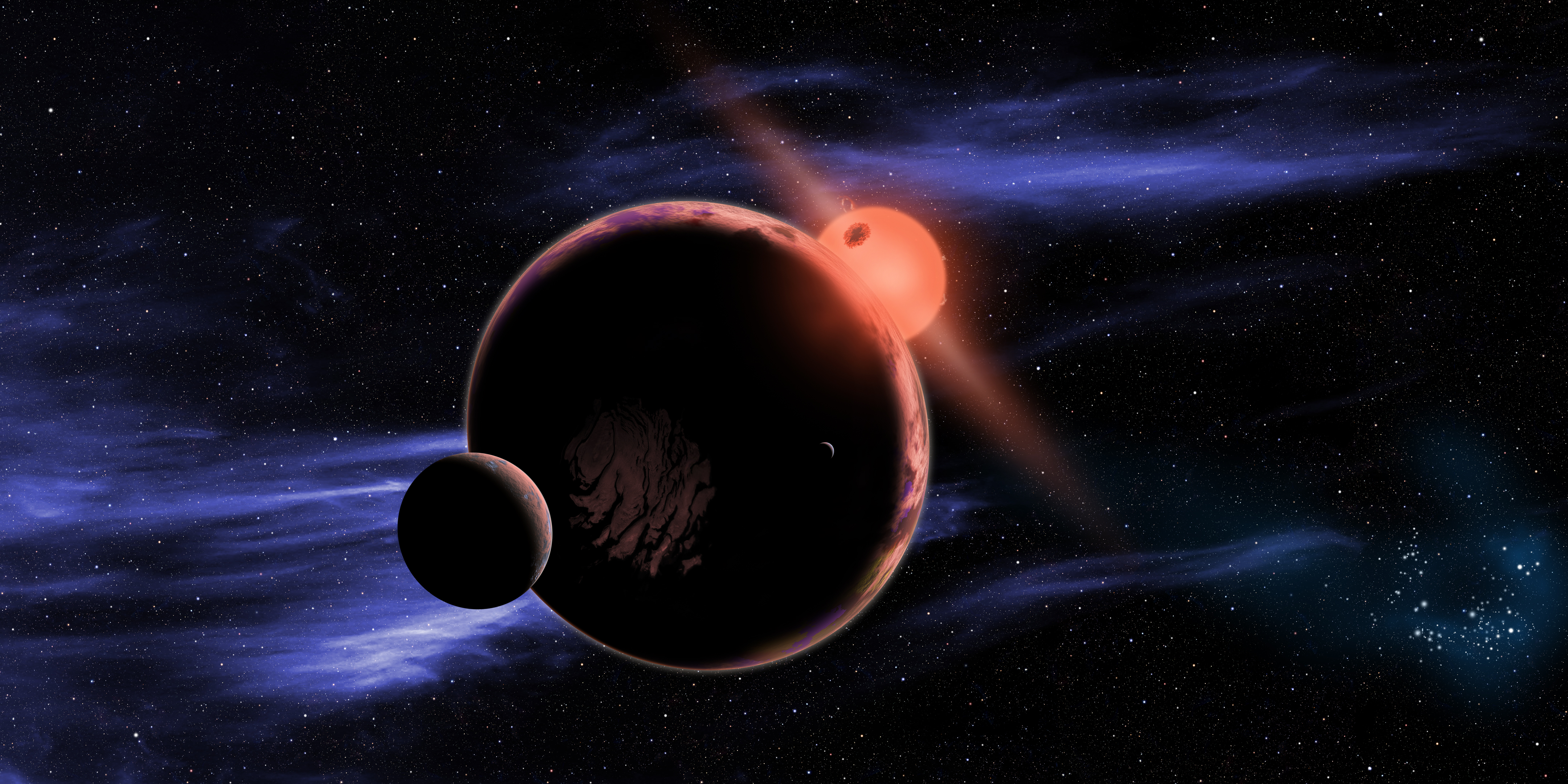
The wider picture
Following it's initial two-year mission, there are "options for its continuation," Ricker tells Astrobiology Magazine, including a search of the stars in the ecliptic plane, which TESS will miss out in its initial survey. "The reason that TESS [h is two years is that it's part of NASA's Explorer Program, for which all the missions have a baseline operating period of two years. Then there's an option for continuing the mission for an additional three years, and then there will be opportunities for extensions at three-year intervals going forward."
Indeed, Ricker expects the mission to run throughout the 2020s, at least to when the European Space Agency's PLATO (PLAnetary Transits and Oscillations of stars) spacecraft, which is another exoplanet hunting mission, launches. Nor is PLATO the only mission that will be joining TESS. Later this year the European Space Agency will launch a smaller satellite, called CHEOPS (CHaracterizing ExOPlanet Satellite), which will measure the densities of already-known exoplanets with a view to better characterizing those worlds. Further in the future there is also Europe's ARIEL (Atmospheric Remote-sensing Exoplanet Large-survey) mission, which will launch in about 2028 to probe the atmospheres of exoplanets. When it launches, NASA's James Webb Space Telescope will also be able to scrutinize the atmospheres of some of the closest exoplanets, while the large surveys conducted by NASA's forthcoming WFIRST (Wide Field InfraRed Survey Telescope) and the ground-based LSST (Large Synoptic Survey Telescope) currently under construction in Chile, will also find many more exoplanets, complementing the work done by TESS and Kepler before it.
Each of these telescopes and space missions will help piece together a bigger picture that describes the range of exoplanets out there in the Universe, how many planetary systems are like the Solar System, how many are different, and how common planets like Earth are, which leads to the next great question: do those planets have life? Indeed, if TESS is successful then it may well find the first truly Earth-like planet around another star. That star is quite possibly going to be one that we can see in the sky with the unaided eye during a dark night. So the next time you go outside to look at the stars, take some time to wonder about what worlds might be out there, because in a few years time, thanks to TESS, we will hopefully know.
This story was provided by Astrobiology Magazine, a web-based publication sponsored by the NASA astrobiology program. This version of the story published on Space.com.
Join our Space Forums to keep talking space on the latest missions, night sky and more! And if you have a news tip, correction or comment, let us know at: community@space.com.

Keith Cooper is a freelance science journalist and editor in the United Kingdom, and has a degree in physics and astrophysics from the University of Manchester. He's the author of "The Contact Paradox: Challenging Our Assumptions in the Search for Extraterrestrial Intelligence" (Bloomsbury Sigma, 2020) and has written articles on astronomy, space, physics and astrobiology for a multitude of magazines and websites.










